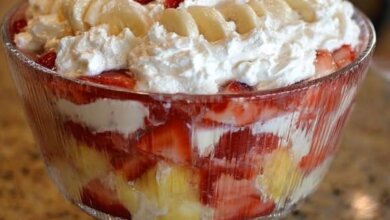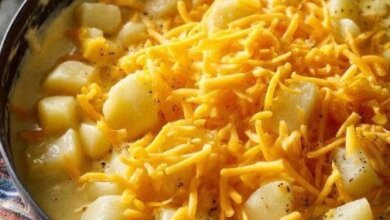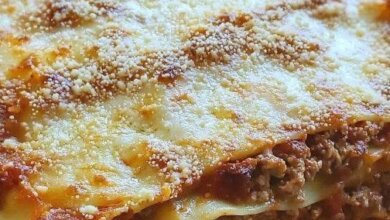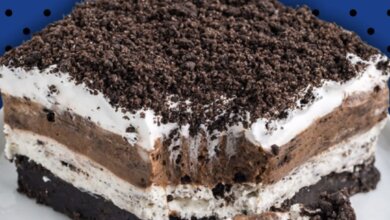Homemade Bread Recipe
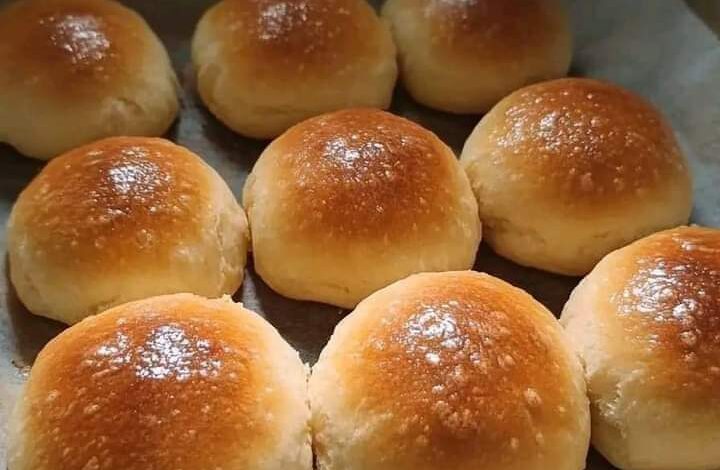
Introduction
Bread has been a staple in human diets for thousands of years, evolving from simple flatbreads to intricate and flavorful loaves enjoyed worldwide. This recipe is for a classic homemade bread that strikes a balance between simplicity and indulgence. Made with everyday ingredients, this bread recipe produces soft, fluffy rolls that are perfect for breakfast, lunch, or dinner. These rolls carry a rich history, reminiscent of traditional European bread-making techniques, and provide a delightful baking experience for both beginners and seasoned bakers.
Ingredients
- 3 cups flour (all-purpose)
- 1 cup milk (warm)
- 1/4 cup sugar
- 1/4 cup butter (melted)
- 1 egg (lightly beaten)
- 1 tbsp yeast (active dry)
- 1/2 tsp salt
Instructions
- Activate the Yeast: In a large bowl, combine warm milk, yeast, and sugar. Stir well and let the mixture sit for about 5-10 minutes, or until it becomes frothy. This step activates the yeast and ensures a good rise in the bread.
- Prepare the Dough: Add the flour, egg, salt, and melted butter to the yeast mixture. Stir until the dough comes together.
- Knead the Dough: On a floured surface, knead the dough for about 8-10 minutes until it becomes smooth and elastic.
- Let the Dough Rise: Place the dough in a greased bowl, cover it with a cloth, and let it rise in a warm place for about 1 hour, or until it has doubled in size.
- Shape the Dough: Punch down the dough and shape it into small balls. Place the balls on a baking tray lined with parchment paper, leaving space between each.
- Second Rise: Cover the dough balls and let them rise again for about 30 minutes.
- Bake: Preheat the oven to 180°C (350°F). Bake the rolls for 15-20 minutes or until they are golden brown.
- Cool and Serve: Let the rolls cool on a wire rack before serving. Enjoy with butter, jam, or your favorite spread.
History
The history of bread dates back to ancient civilizations, where it was first made as a flatbread using wild grains. Over time, the process of leavening was discovered, leading to the fluffy and risen breads we know today. In medieval Europe, bread was a vital source of sustenance, often used as trenchers (plates). This recipe embodies the traditional spirit of bread-making, bringing old-world techniques into the modern kitchen.
Benefits
Homemade bread offers several advantages over store-bought options, including fresher ingredients, no preservatives, and the ability to control the sugar and salt content. It also provides a good source of carbohydrates for energy, along with essential nutrients like B vitamins and fiber, especially when whole-grain flour is used.
Formation
The formation of the dough through kneading develops the gluten, which gives bread its structure and chewy texture. The rising process allows the yeast to ferment, creating air pockets that make the bread light and fluffy. Shaping the dough into rolls creates individual servings that are perfect for sharing.
Lovers
Bread is loved by people across all cultures. Whether enjoyed as a simple slice with butter or used as a base for elaborate sandwiches, bread remains a universally cherished food. Its versatility in both sweet and savory dishes adds to its global popularity.
Methods
There are many methods to make bread, including using sourdough starters, incorporating different types of flour, and adding unique flavors like herbs, seeds, or dried fruits. The basic method remains the same: mixing, kneading, rising, and baking. Each step is crucial for achieving the perfect texture and flavor.
Nutrition
Each serving of these homemade bread rolls provides approximately:
- Calories: 150
- Carbohydrates: 28g
- Protein: 4g
- Fat: 4g
- Fiber: 1g
- Sugar: 3g
Conclusion
Baking homemade bread is not only rewarding but also allows you to enjoy a product that is fresher and more natural than most commercial options. This classic bread recipe is easy to follow and results in delicious, fluffy rolls that the whole family will love. Give it a try and enjoy the warm, comforting aroma of freshly baked bread filling your kitchen.
